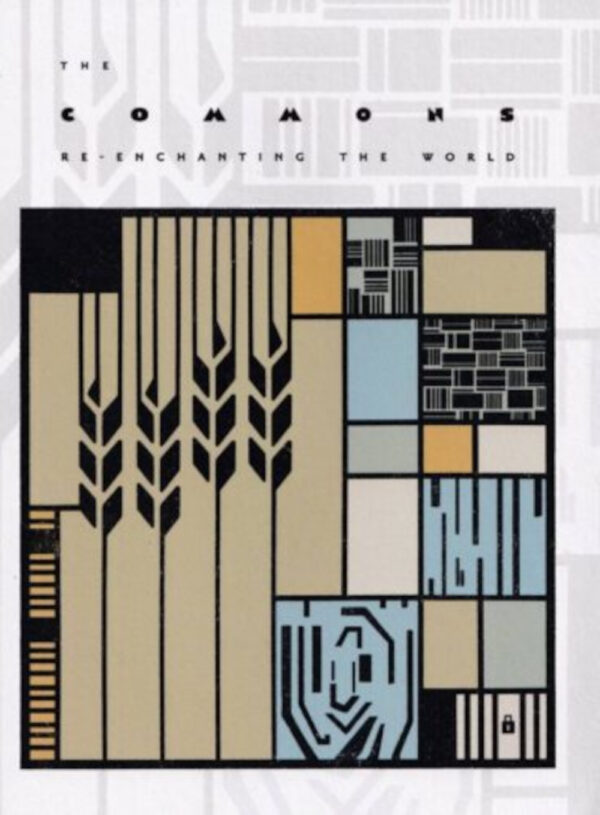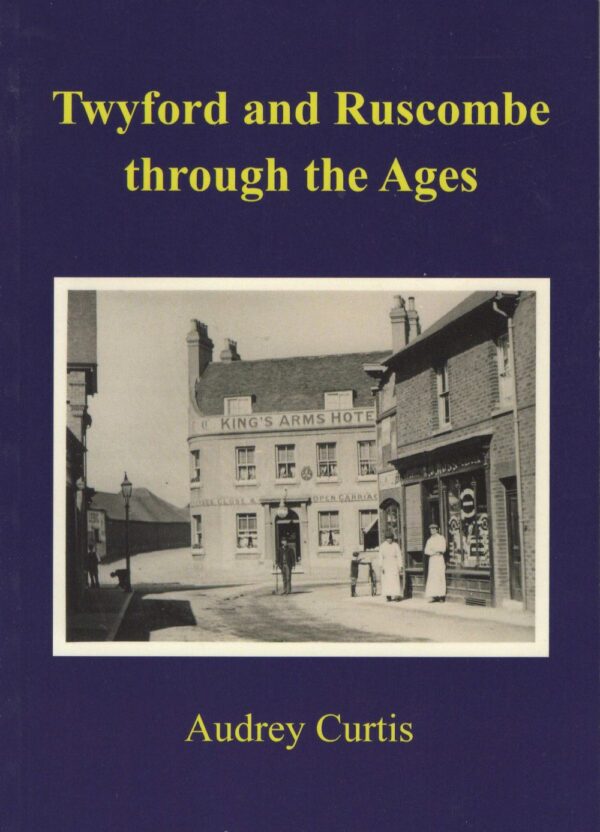The commons, encompassing shared resources like air, land, and water, holds significance beyond mere utility, symbolizing the intricate relationship between vital natural resources and their users. Silvia Federici, in “Caliban and the Witch,” identifies the devaluation of reproductive labour and its connection to land enclosures in 18th-century Europe, marking the advent of industrialization and gendered labour roles.
Garrett Hardin’s 1968 essay, “The Tragedy of the Commons,” has fuelled global policies on land privatization, leading to new enclosures, particularly in Africa. The Turkana in Kenya, recognizing communal rights to their land, face marginalization. The enclosures, impacting English rural life, inspired a project with the Museum of English Rural Life, exploring social reform post-enclosures.
The exhibition presents diverse commons perspectives, from the more-than-human commons to the feminist commons. Shifting from viewing commons as a resource to communing as essential practices, the ongoing work emphasizes understanding the social system preserving them. The project, culminating in an exhibition and events, serves as a call to action for reviving and incorporating commons into daily life. This book encapsulates the exhibition, and goes into detail about each featured artist’s work.
This is the story of how Twyford and Ruscombe changed over time from basic Stone Age settlements to the lively villages we see today. The first chapters carefully show how events from the outside world affected the lives of the local people. Later parts explore different aspects of life across the years.
The section called ‘Houses – Past and Present’ takes a close look at big estates like Kaines Hill and Stanlake Park and how the people living there influenced the development of the villages. The last chapters focus on the history of education through the years and the various leisure activities that have made life enjoyable for villagers and residents over time. This exploration provides a thorough and detailed understanding of the social and historical foundation that supports the current vitality of Twyford and Ruscombe.



